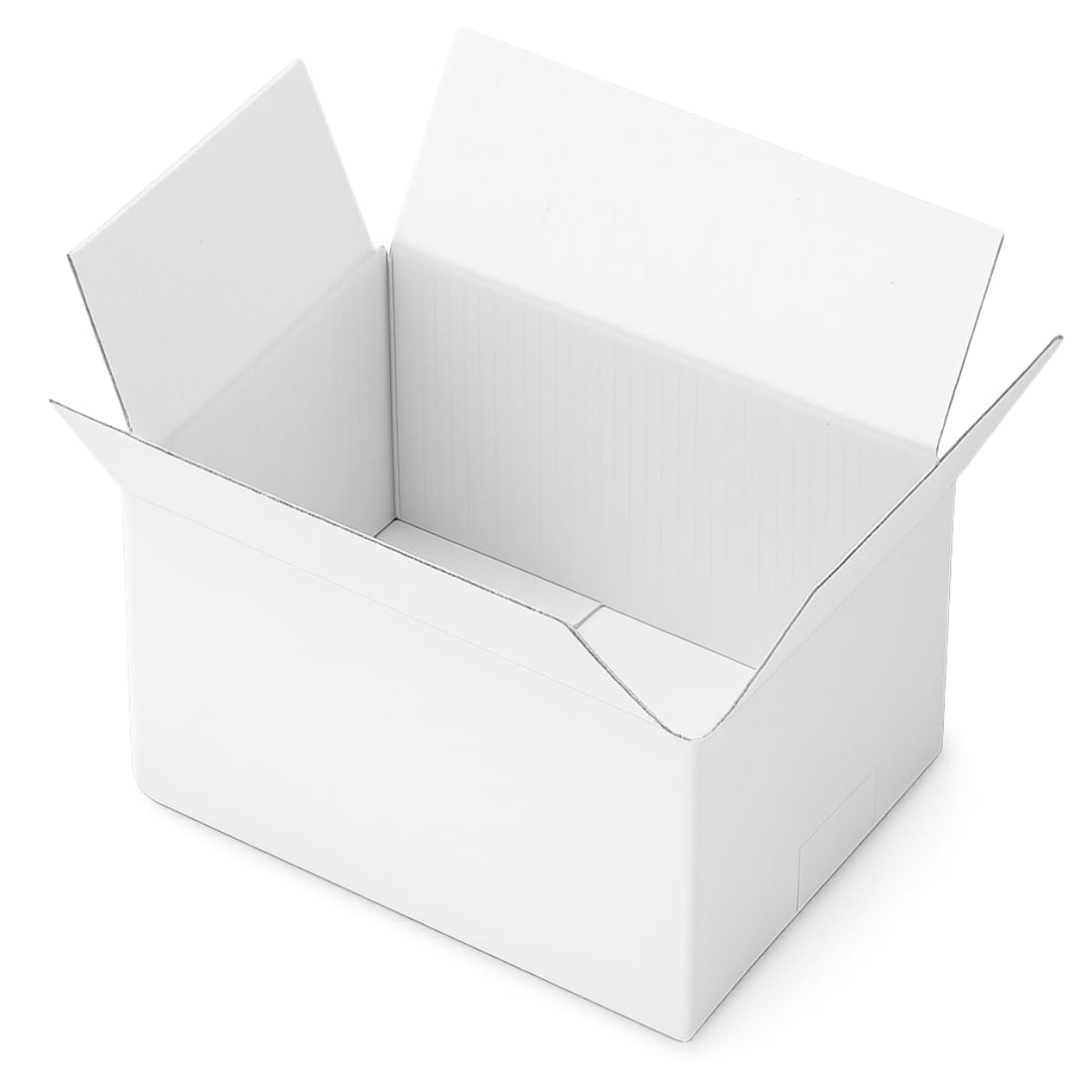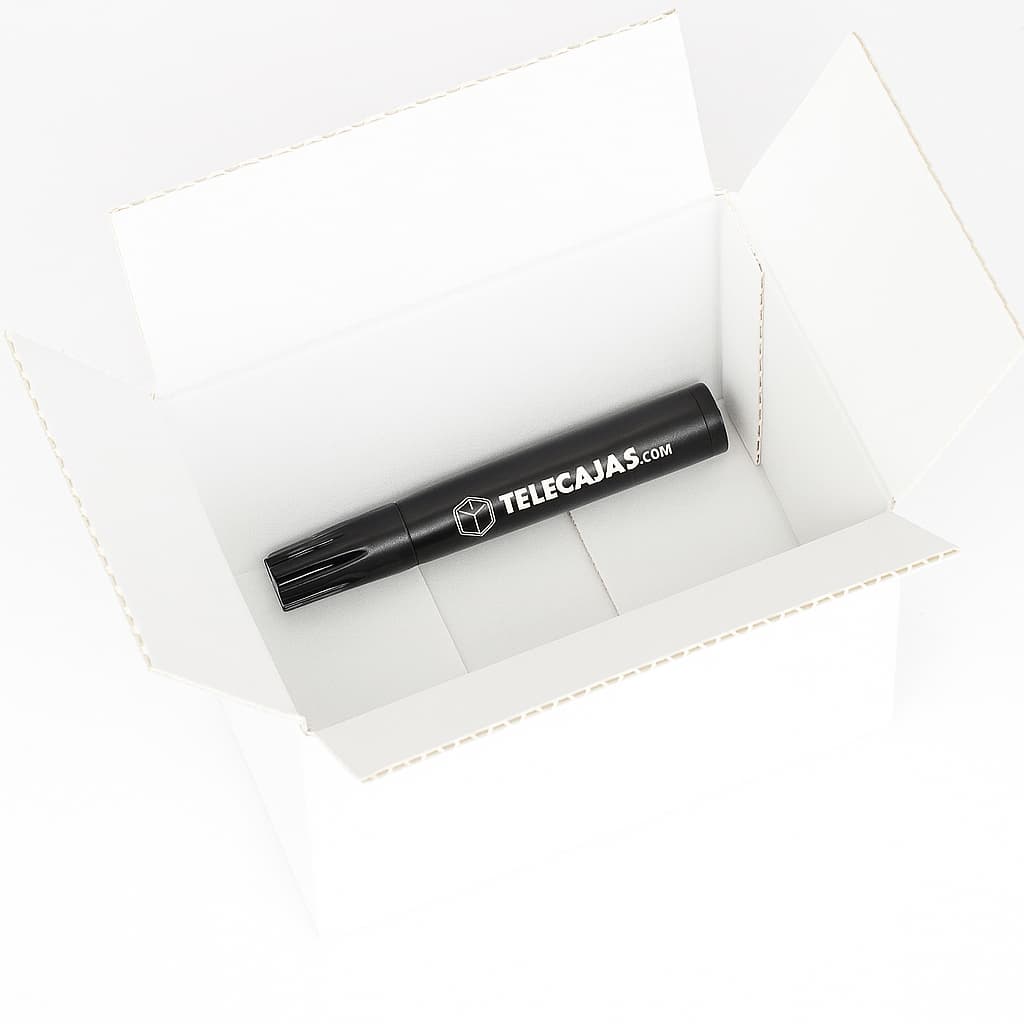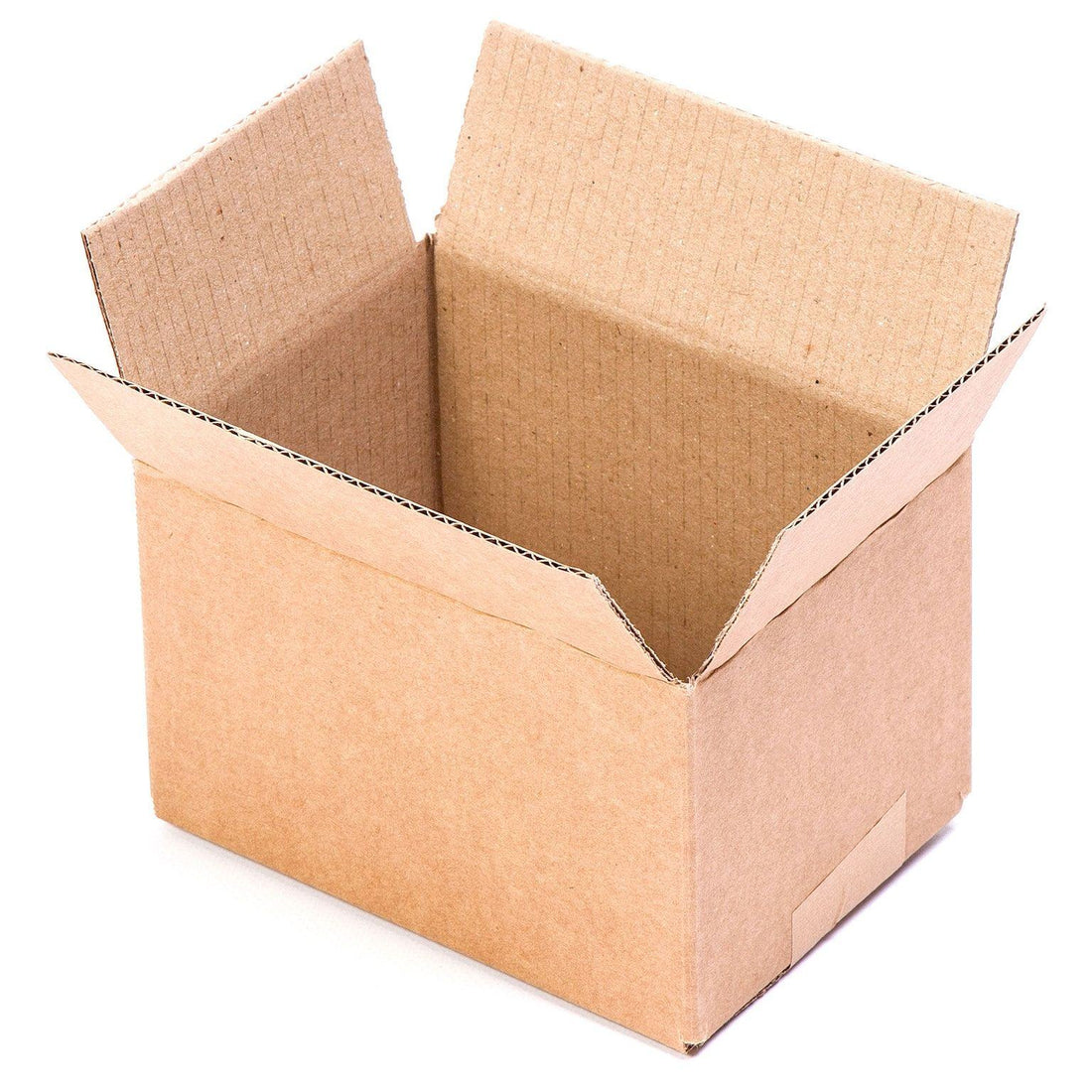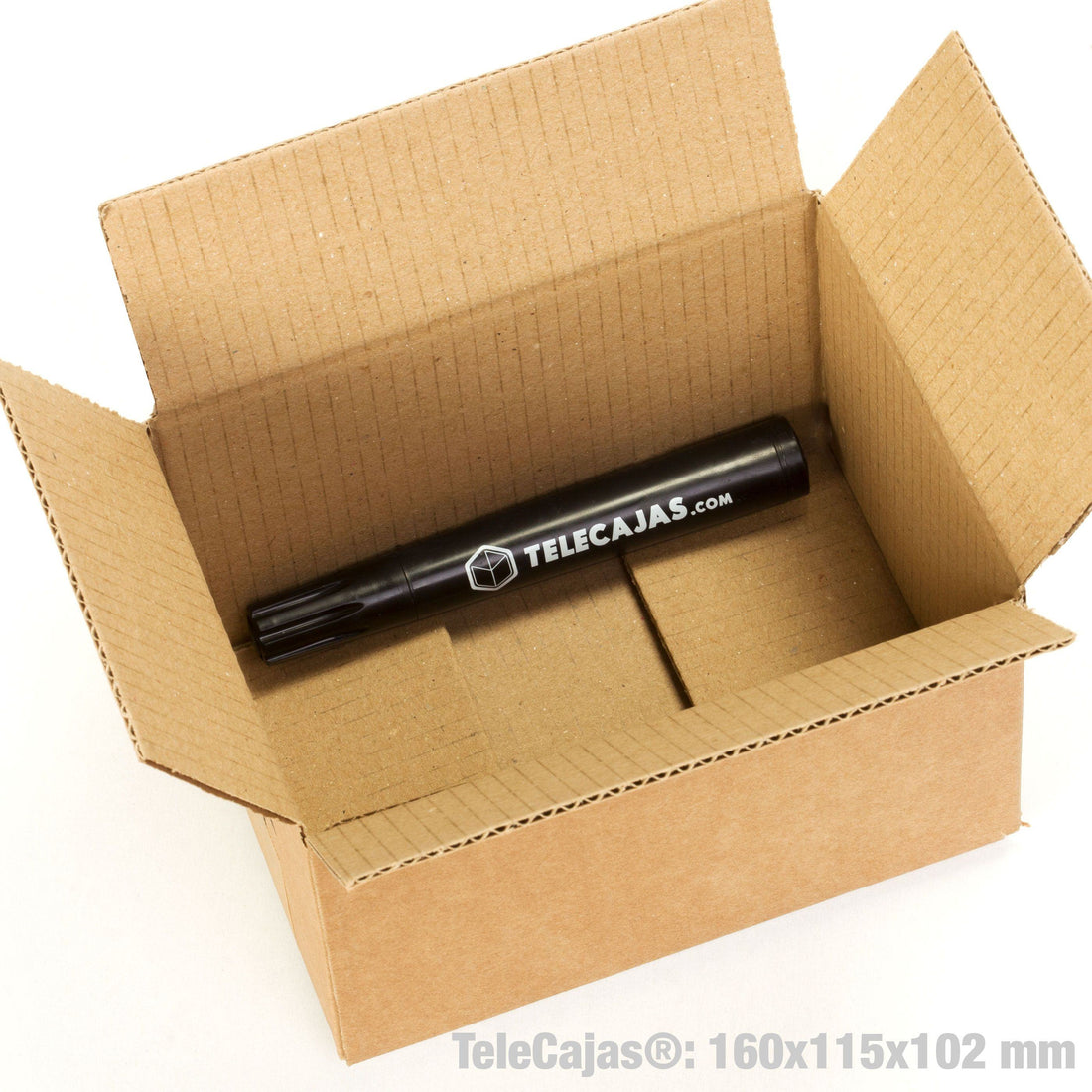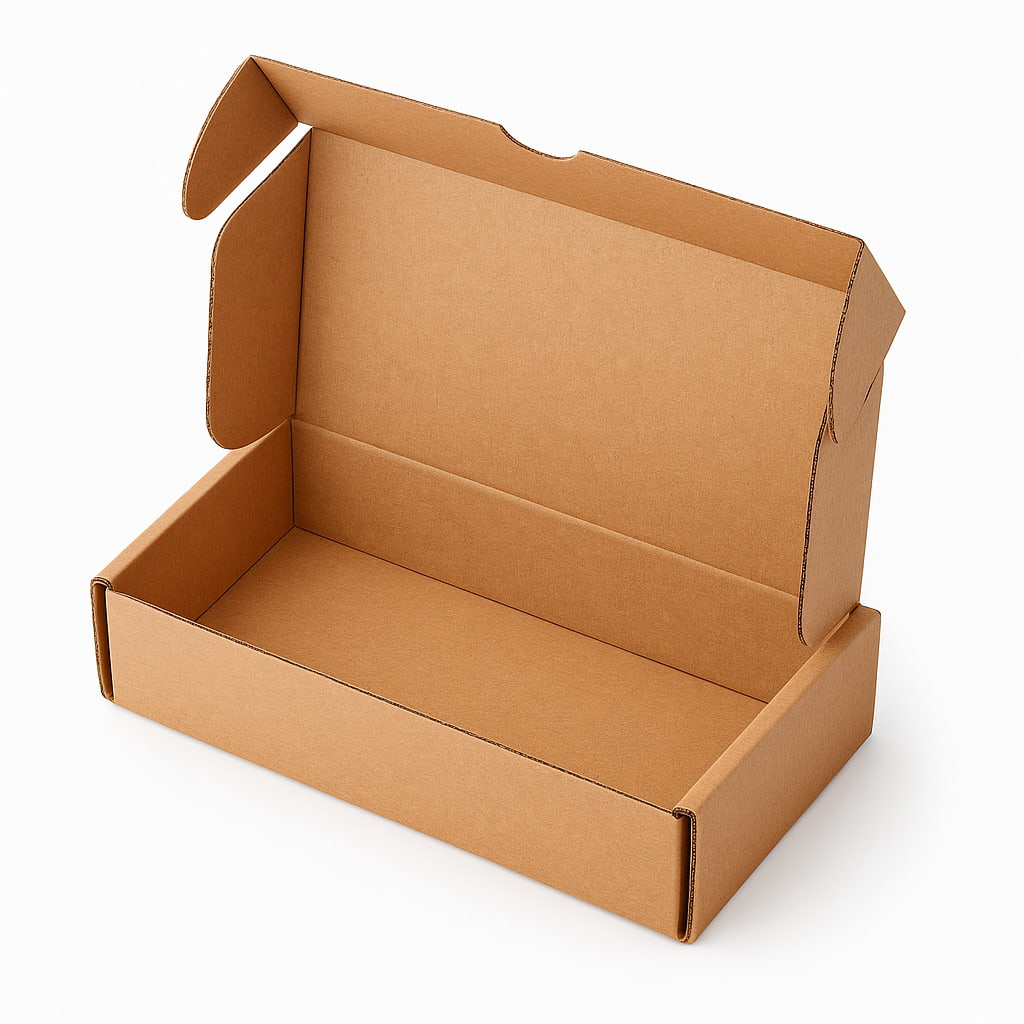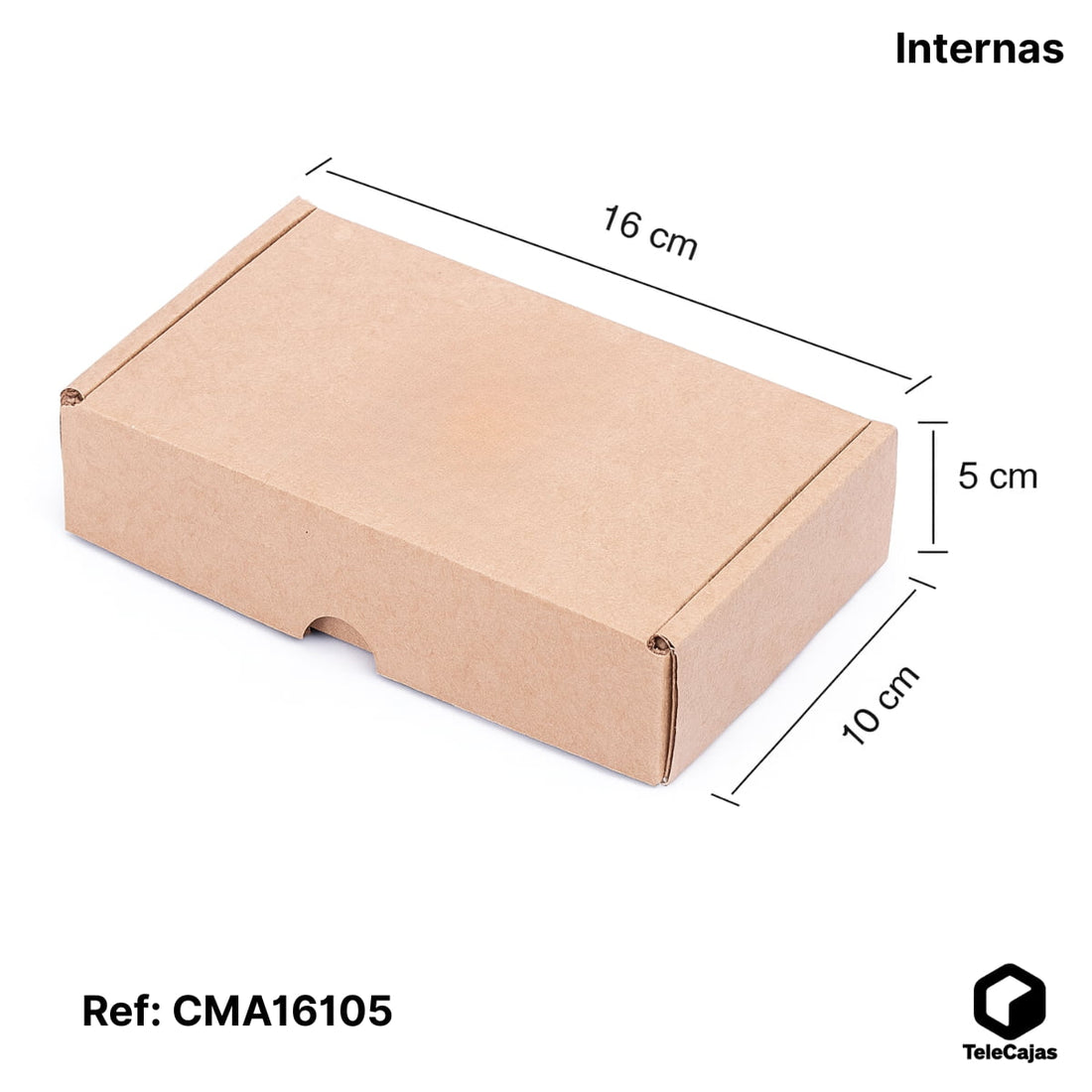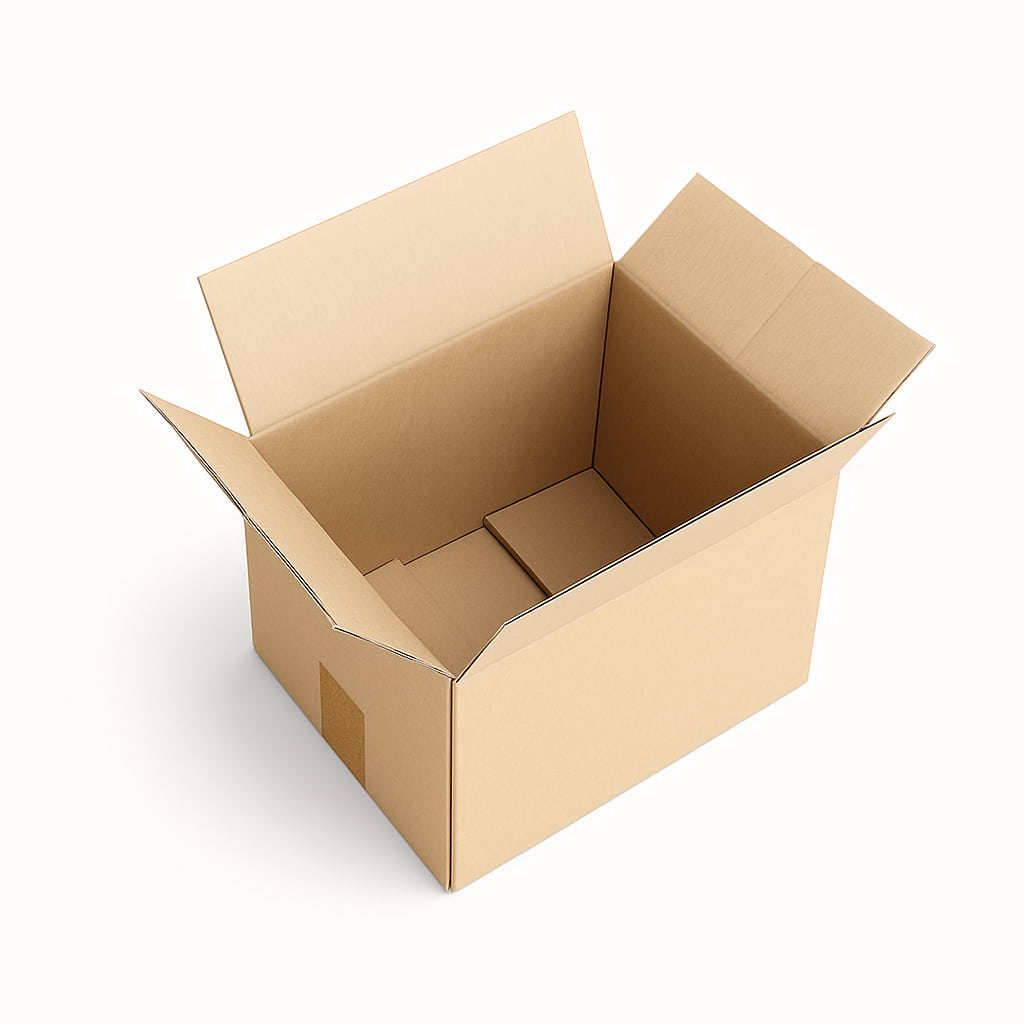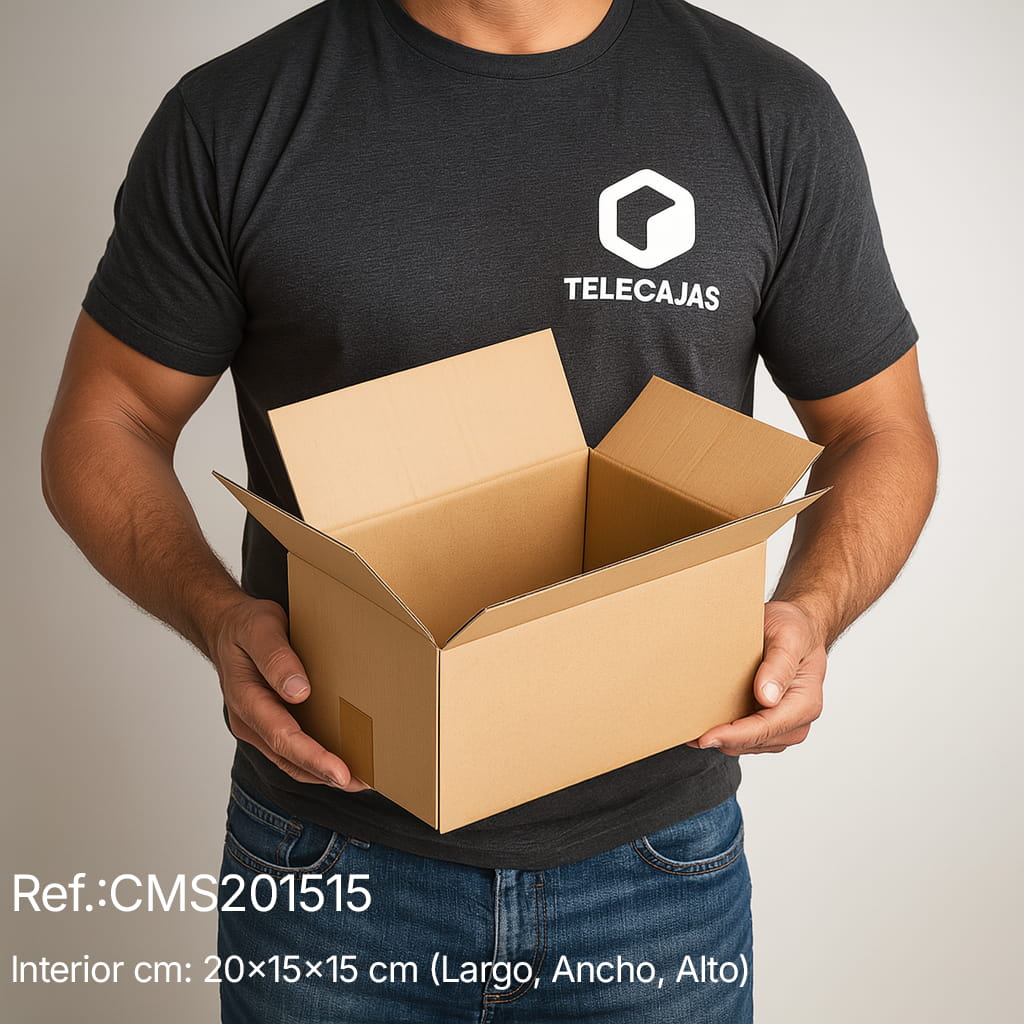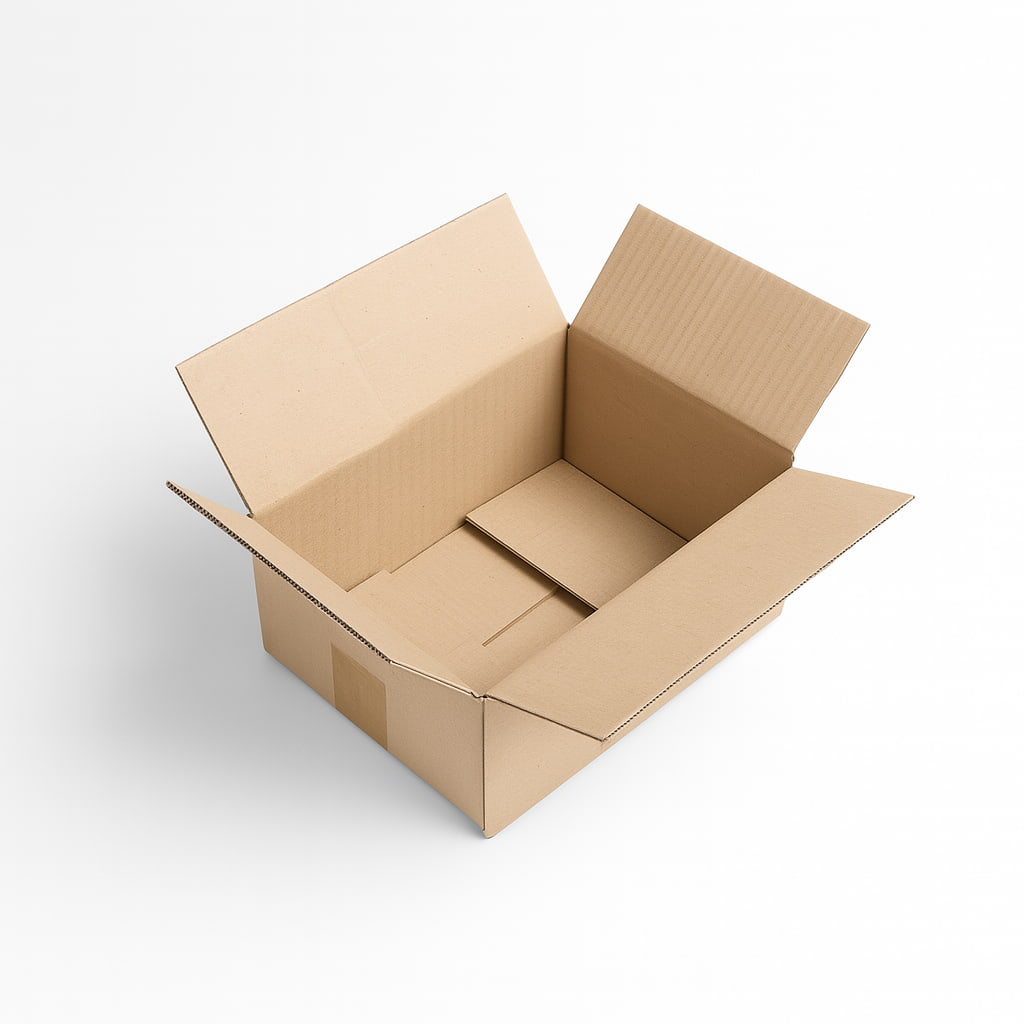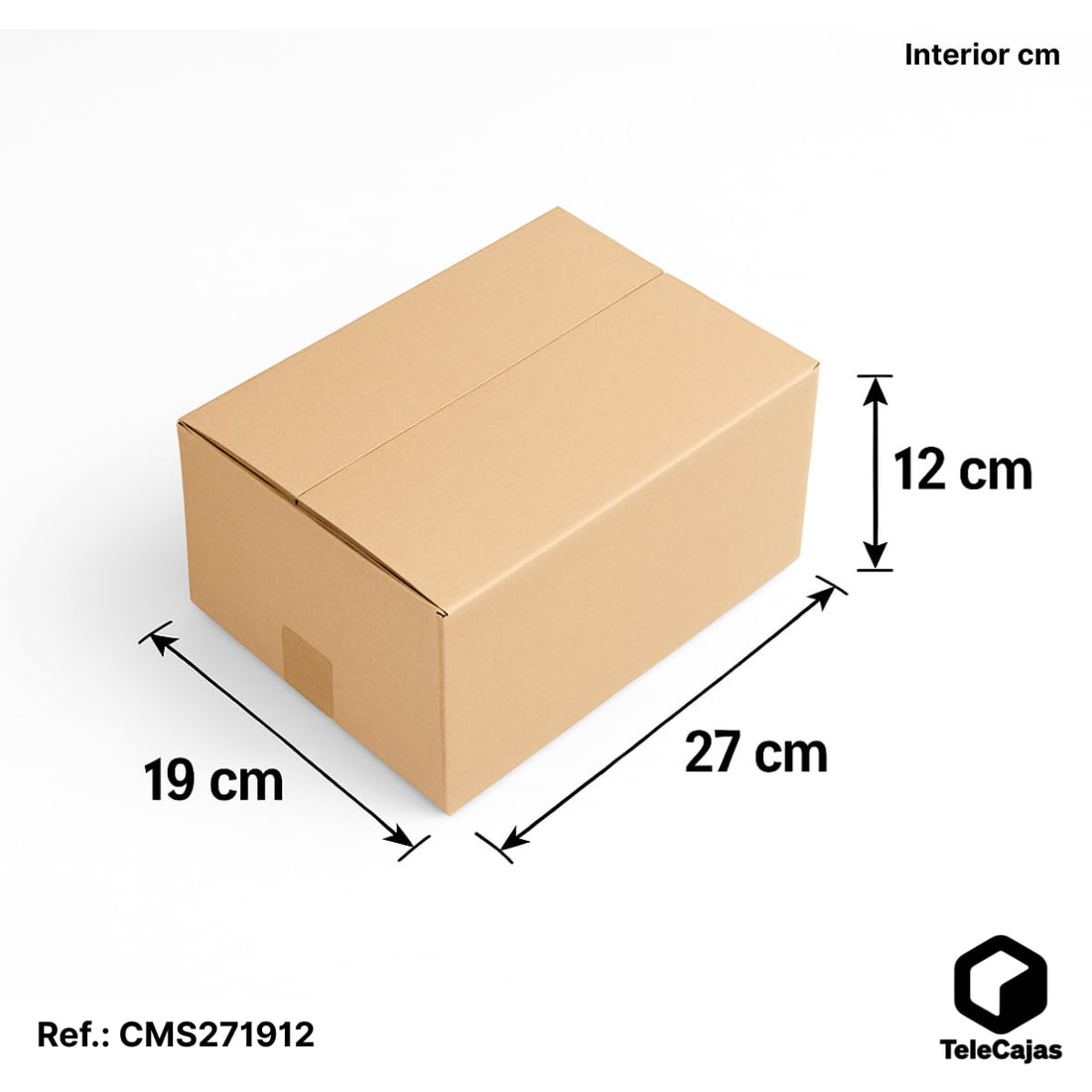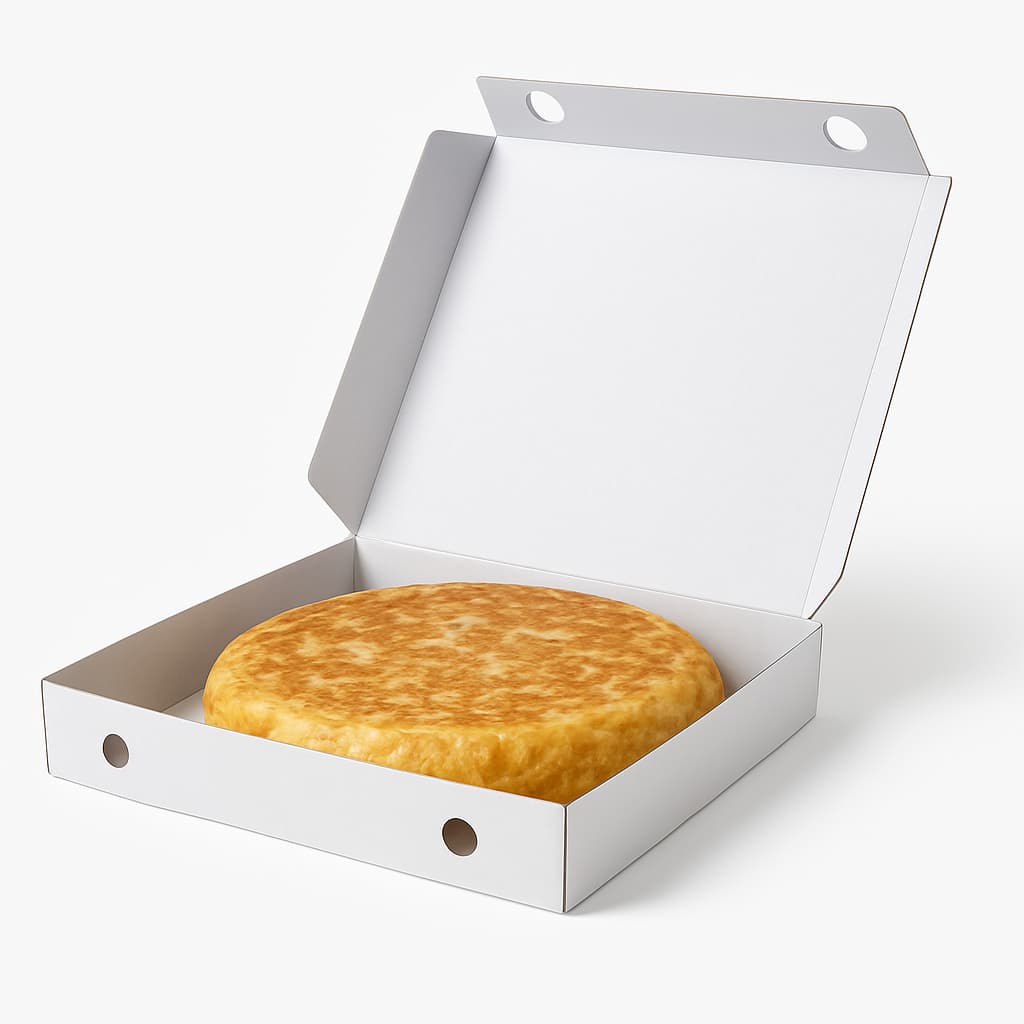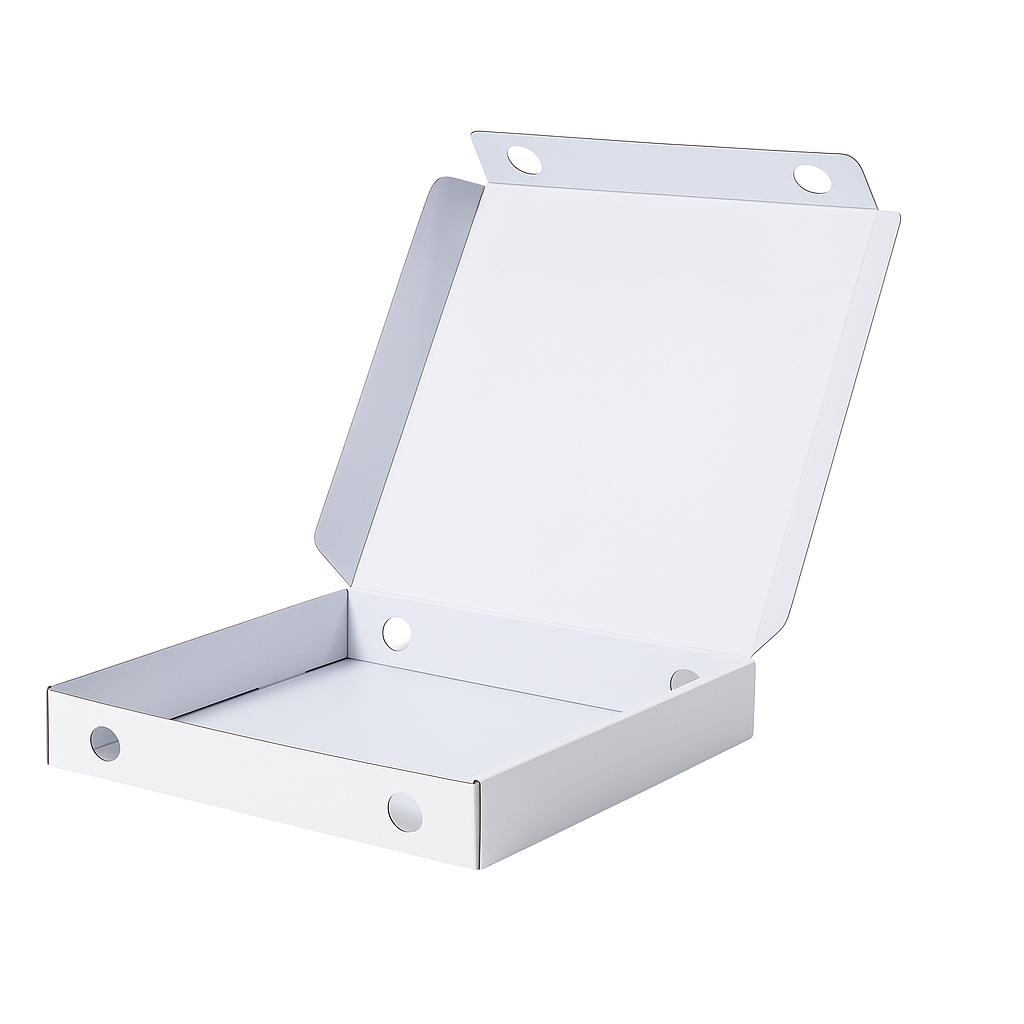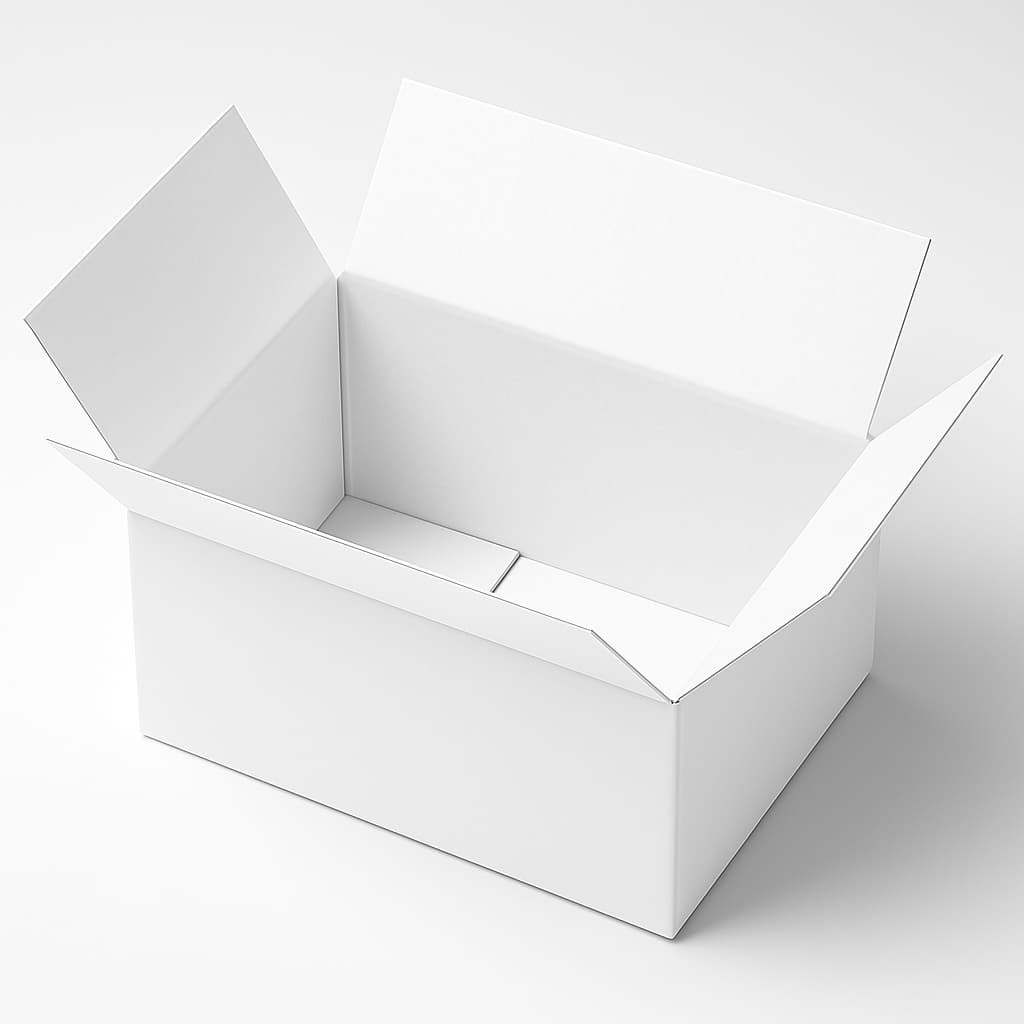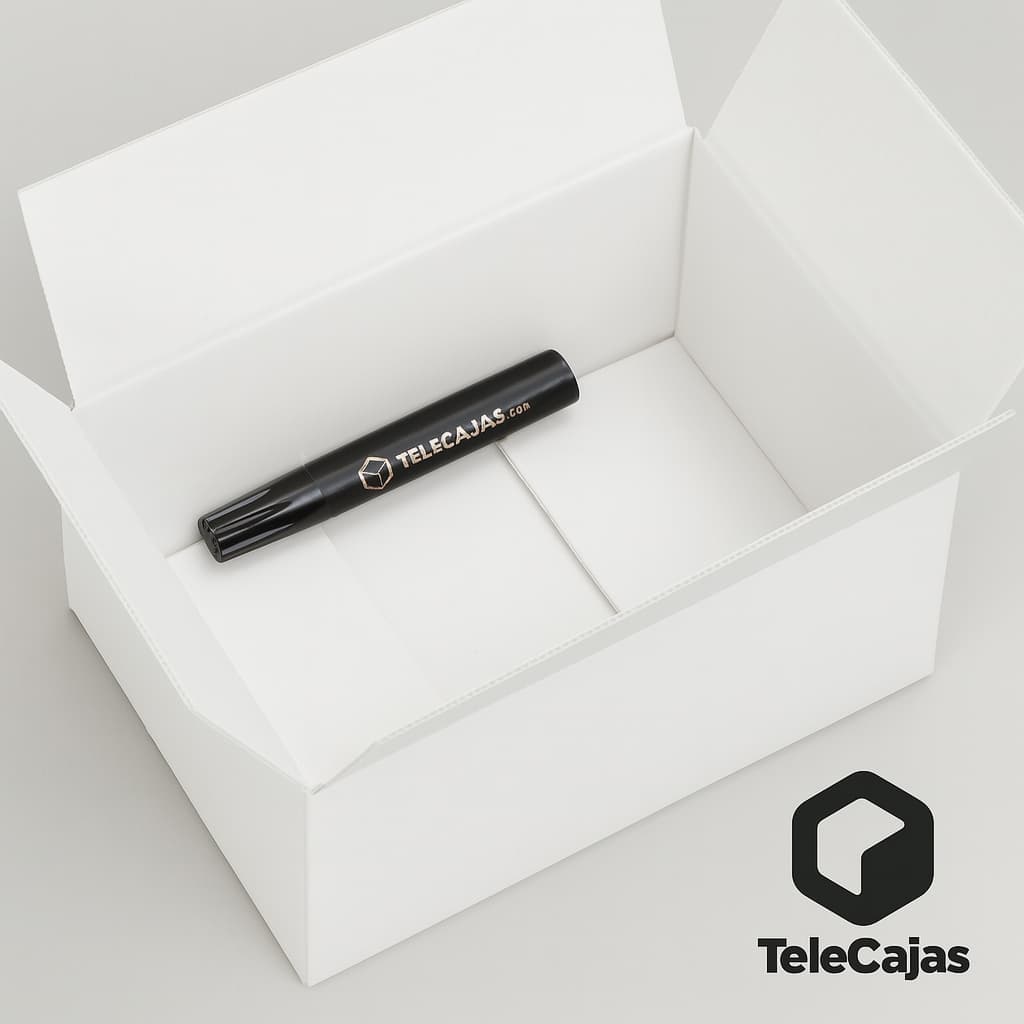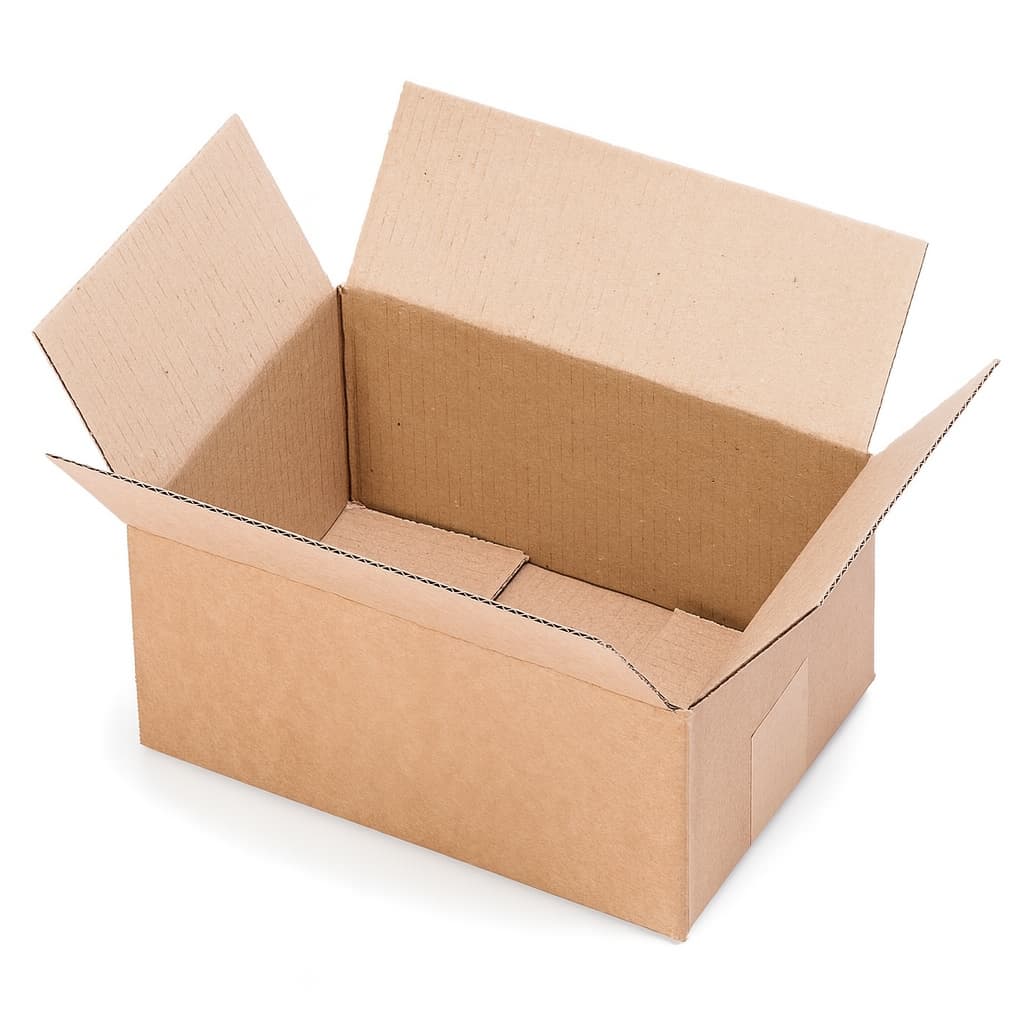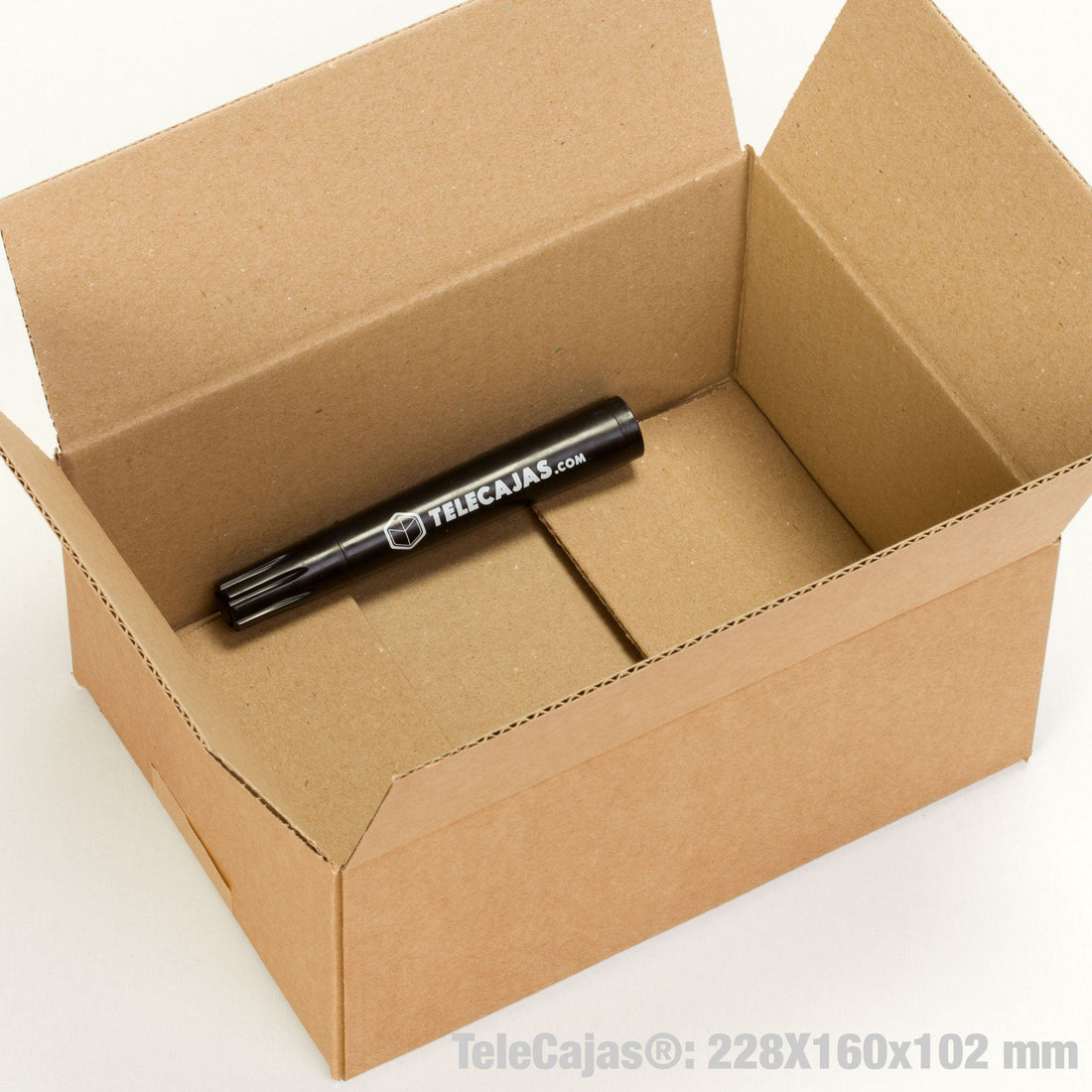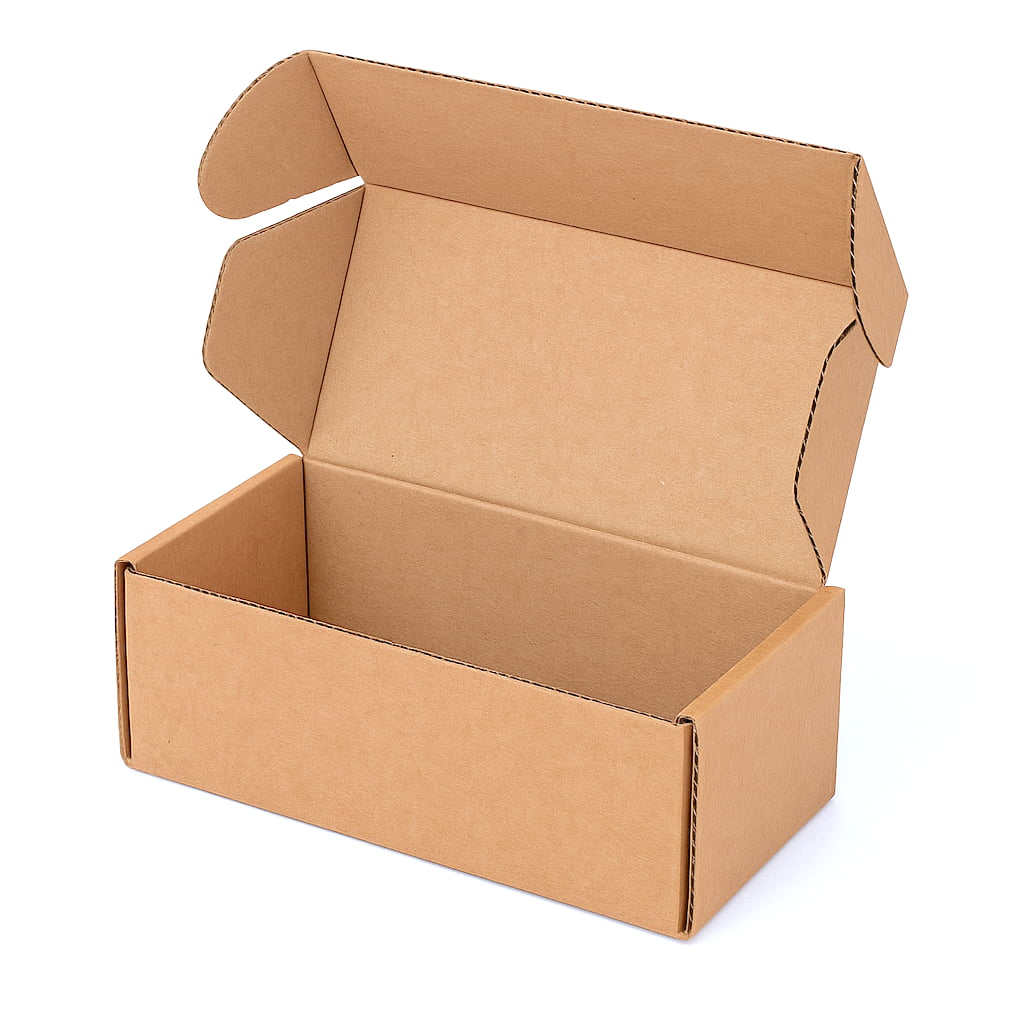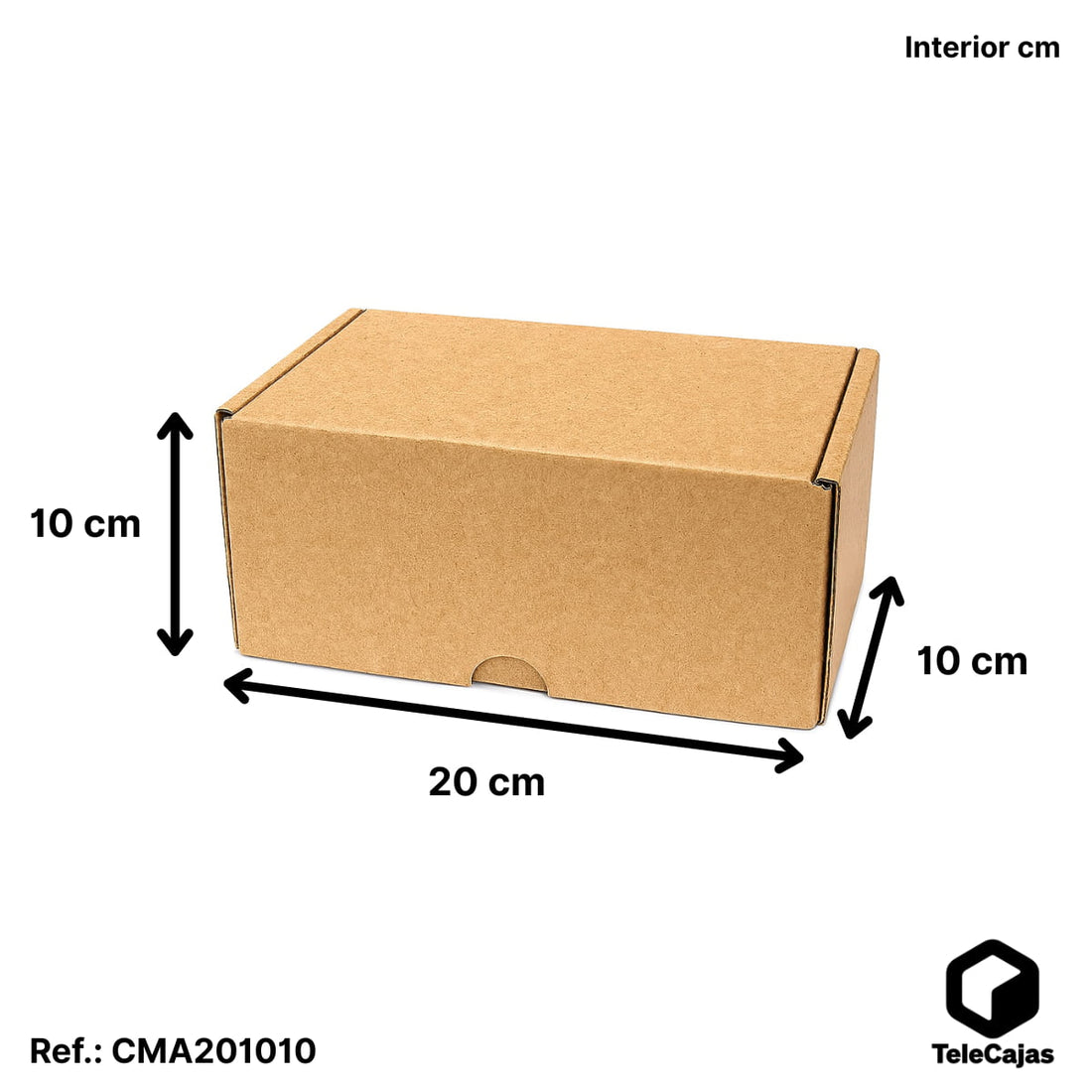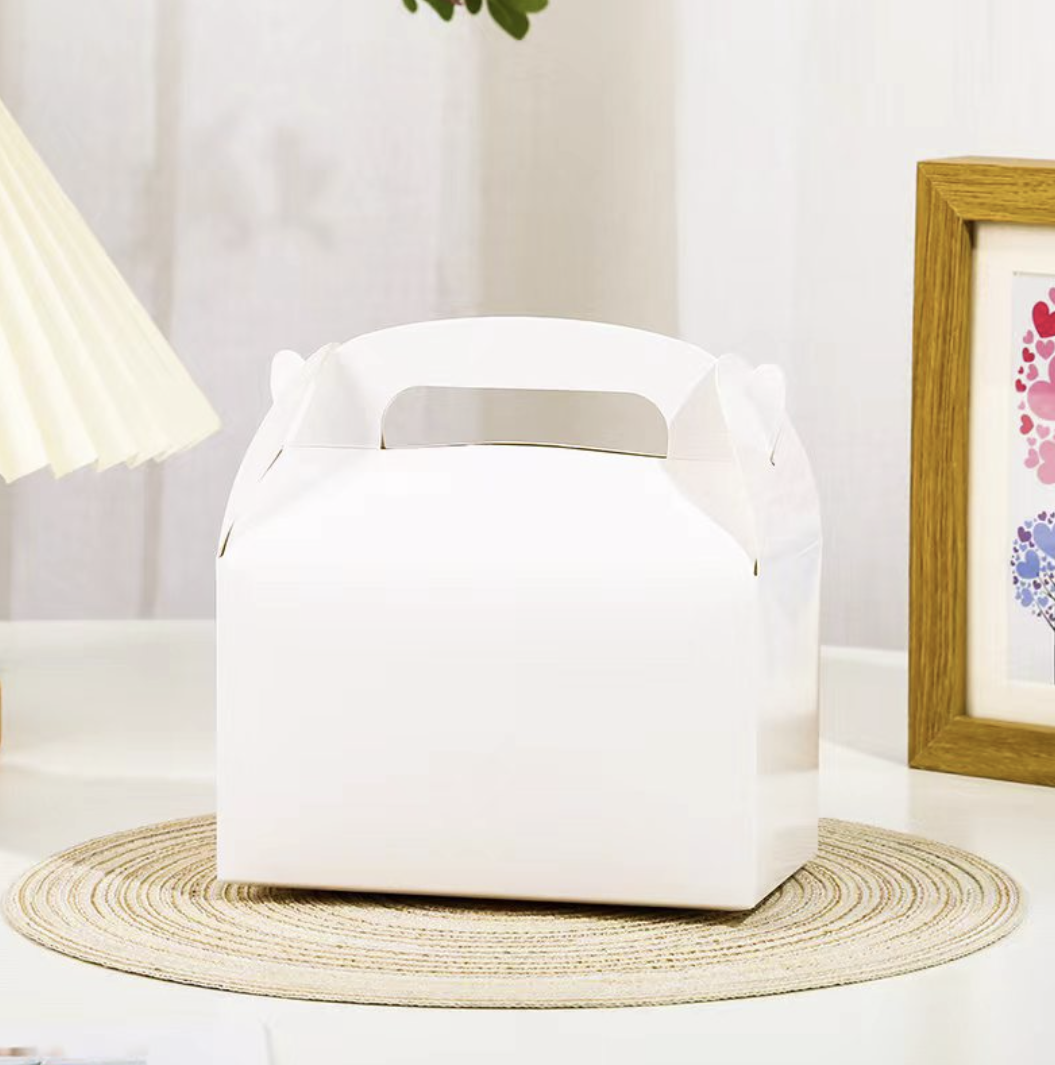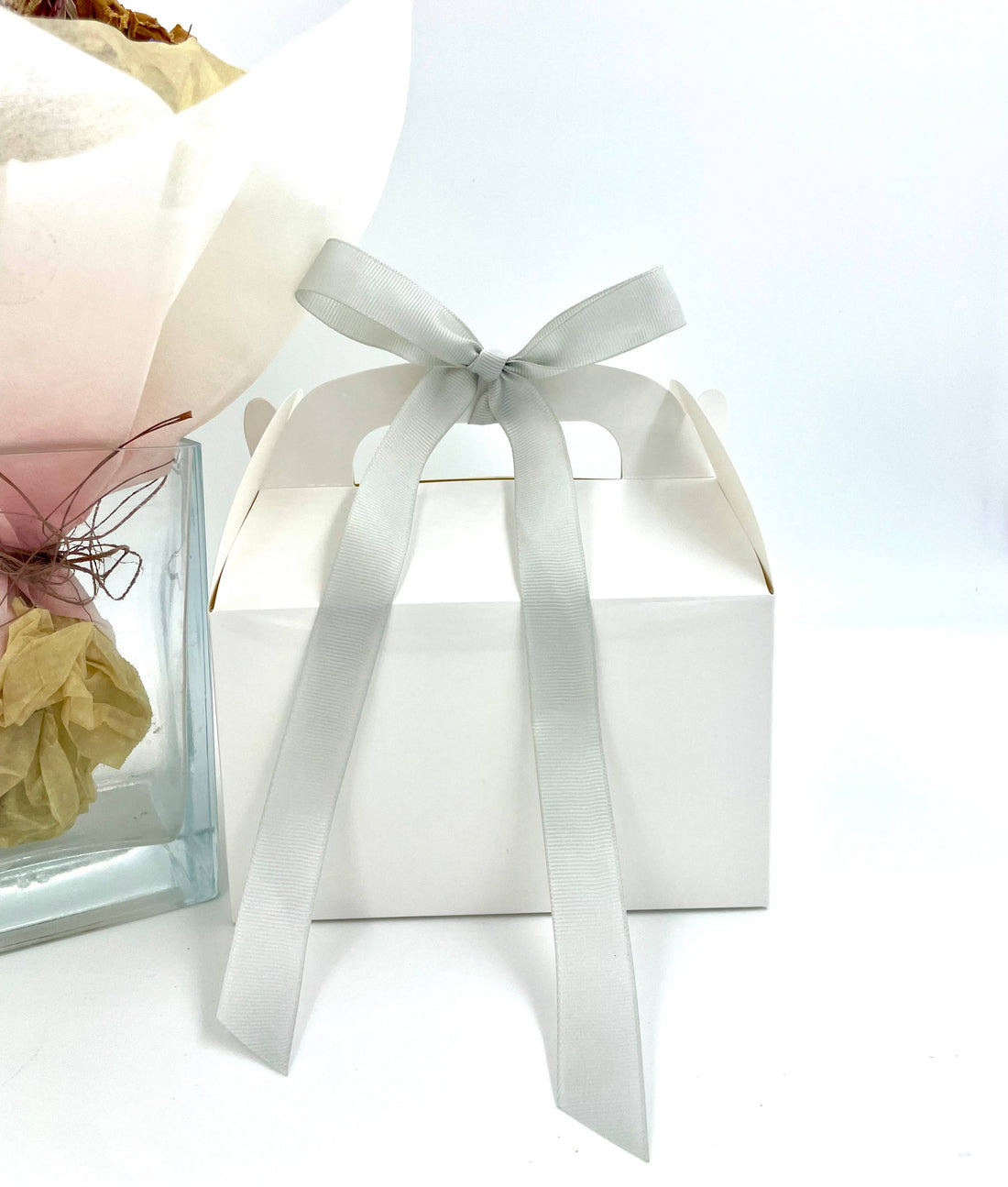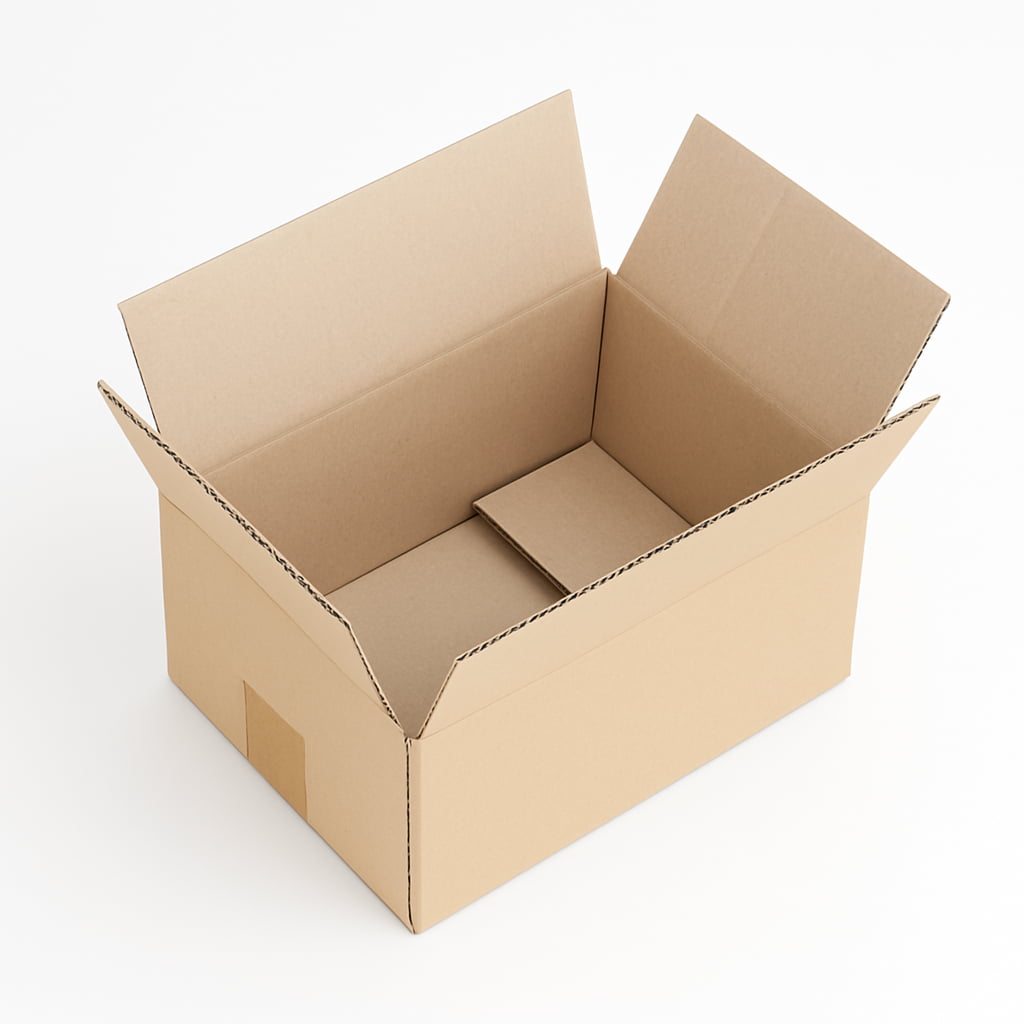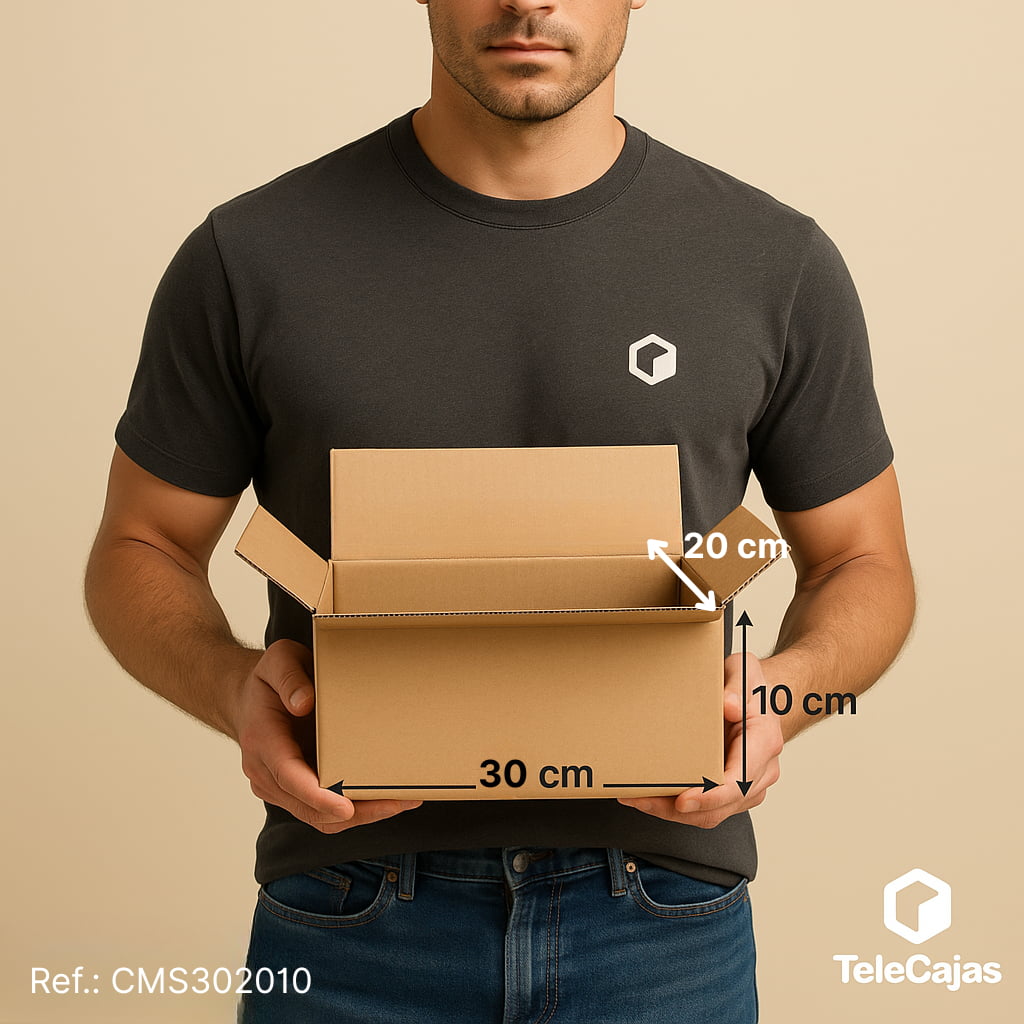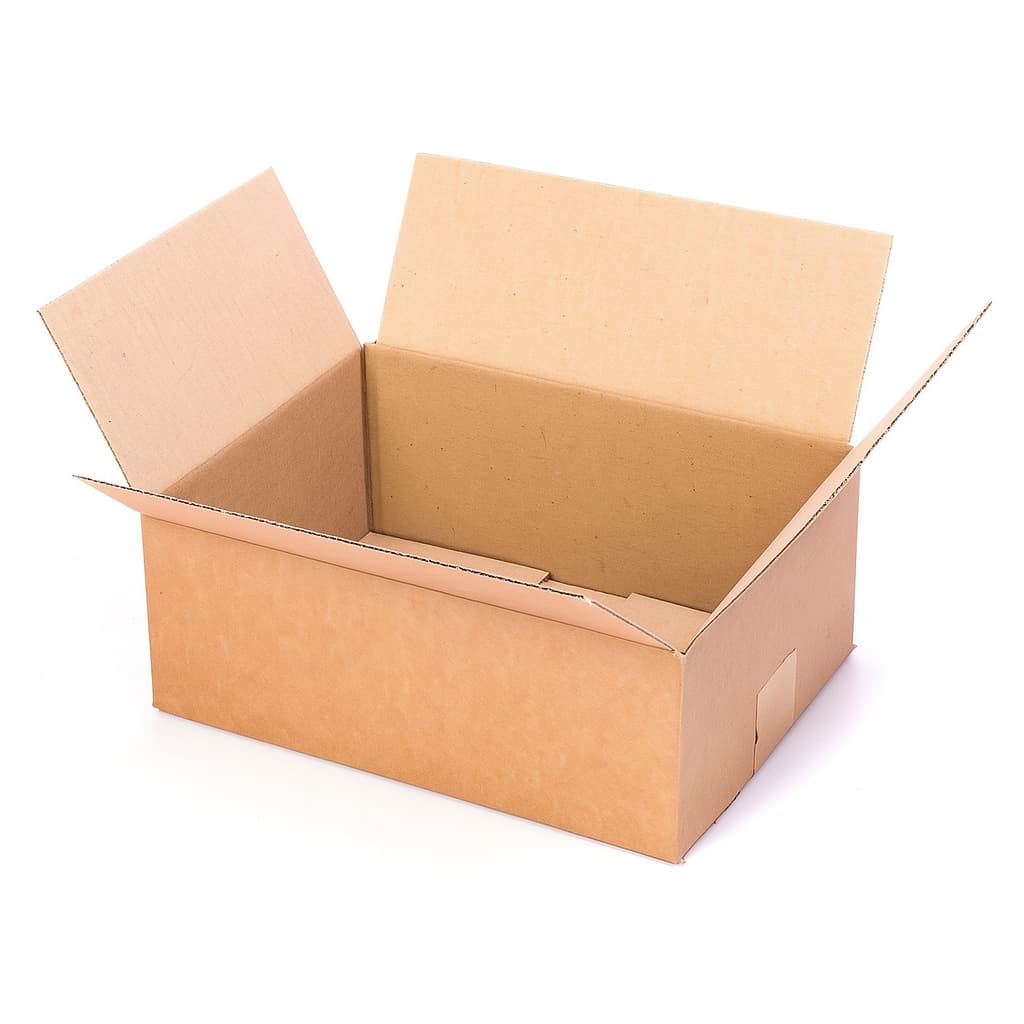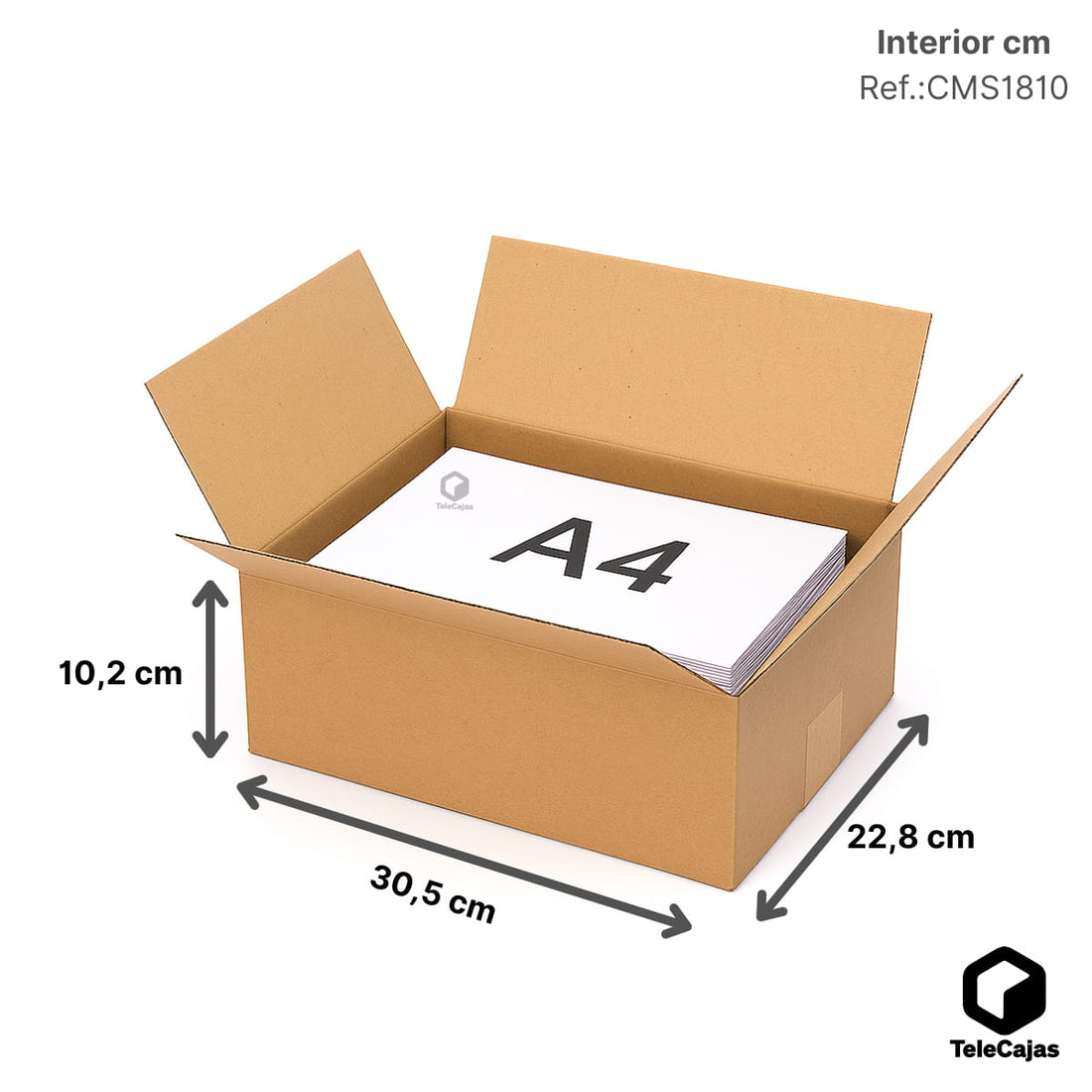Definition of Packaging
Packaging is the design and manufacture of packaging and containers for products. It is an important part of the manufacturing industry and is used to protect and promote products. We could describe
packaging as the box, bag or container in which a product is sold. You could also mention that packaging serves several purposes, such as protecting the product during transportation and storage, making it attractive to consumers, and providing information about the product. There are several ways to protect products during transport, depending on the type of product and transport conditions. Some measures that can be taken to protect products during transportation include:
- Use appropriate packaging: Packaging must be resistant and appropriate for the type of product being transported. For example, if liquids are transported, airtight containers must be used that do not allow the contents to escape. If fragile products are transported, padded containers or containers with air bubbles should be used to cushion possible impacts.
-
Securing cargo: Products must be properly secured in the transport vehicle to prevent them from shifting or being damaged during travel. This can be done with tapes or straps, or using specialized fastening systems such as hooks or grab bars.
- Control the temperature : If perishable or temperature-sensitive products are transported, it is important to maintain the appropriate temperature during transport to prevent damage.
Types of packaging
There are many different types of packaging, and each one is used depending on the type of product being transported and the needs of the customer. Some common packaging examples include:
- Cardboard packaging: These are the most common packaging and are used for a wide range of products, from food to electronics. Cartons can be a single piece or can be made up of several pieces that are assembled to form a sturdy box.
-
Bags: These are flexible containers that are mainly used for powder or granular products, such as food, chemicals or seeds. Bags and sacks can be made of plastic, cloth or paper, and are closed by sealing or tying.
-
Bottles and jars: These are rigid containers that are mainly used for liquid or paste products, such as water, oil, sauce or cream. Bottles and jars can be made of glass, plastic or metal, and are closed with caps, corks or screws.
-
Boxes: These are rigid containers that are mainly used for bulky or delicate products, such as appliances, toys or books. The boxes can be made of cardboard, plastic, wood, etc.
Ecological and sustainable packaging
Ecological and sustainable packaging refers to containers and packaging that are friendly to the environment and help reduce pollution and environmental impact. These containers and packaging can be made from recycled or biodegradable materials, and can be designed to minimize their impact on the environment throughout their entire life cycle, from production to final disposal. In addition, ecological and sustainable packaging can also include features that encourage reuse and recycling, such as removable packaging or designs that facilitate recycling. In summary, ecological and sustainable packaging is a type of packaging that is designed to minimize its environmental impact and promote sustainability. There are several ways in which recycled packaging can help protect the environment. Some of them are:
- Reduce material consumption: Recycled packaging is produced from materials that have already been used and that would otherwise be considered waste. This reduces the amount of new materials needed to produce packaging, helping to reduce demand for natural resources and air and water pollution.
- Avoid contamination : Containers and packaging produced from recycled materials do not generate toxic or polluting waste during their production. This helps prevent soil and water pollution, and protect human health and biodiversity.
- Promote recycling: Recycled packaging can be easily recycled after use, which helps close the recycling cycle and reduce the amount of waste
Differences between container and packaging
The main difference between packaging and packaging is that
packaging is the
container in which a product is placed, while
packaging refers to the
action of wrapping a product with protective materials.
Packaging is the physical container used to
protect and transport a product, while packaging is the process of adding additional materials, such as air bubbles or newspaper, to
protect the product during transportation . In short, packaging is the container that contains the product, while packaging is the process of protecting the product during transportation. Packaging can be of different shapes and sizes, and is made of different materials, such as
plastic, glass, metal or cardboard . Packaging is used in a wide range of products, from food and beverages to personal care and electronics products. Packaging has several functions, such as protecting the product from contamination, facilitating its use and providing information about the product, as well as marketing activities and positioning in the minds of consumers. Packaging is used to ensure that the product reaches its destination in good condition and without damage. Packaging materials may include air bubbles, newspaper, bubble wrap, foam, or tape. The packaging may also include labels with information about the product, such as its weight, measurements, or instructions for use. In summary,
packaging is a crucial part of the production and trade of goods and refers to the design and manufacture of packaging and containers for products, foods and items intended for sale to consumers.




